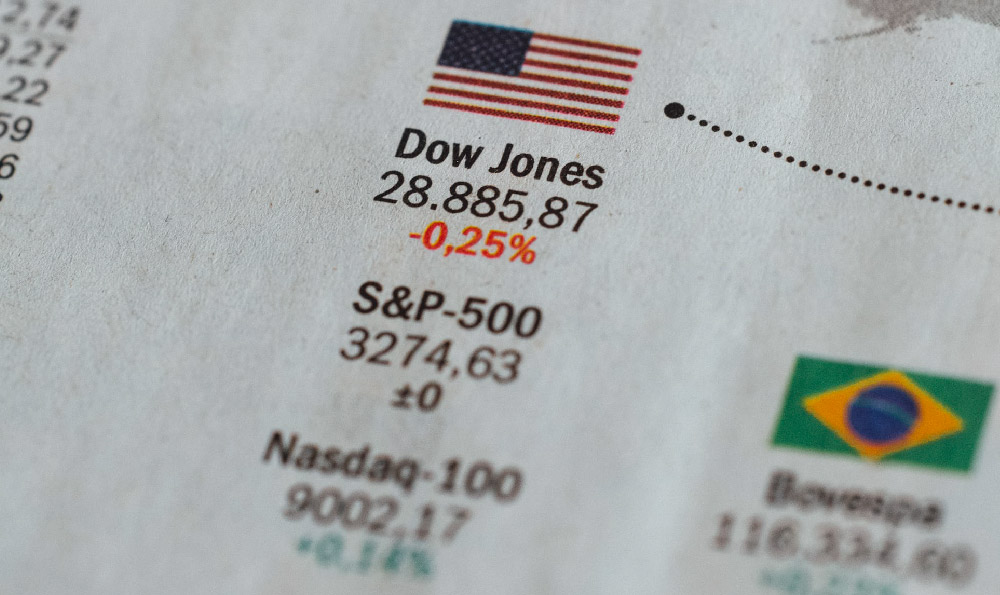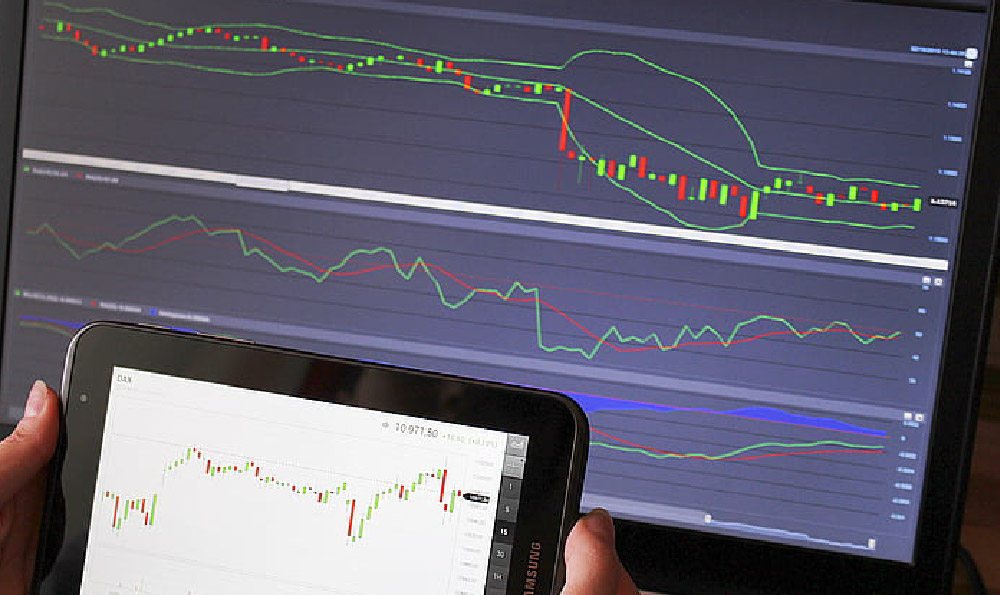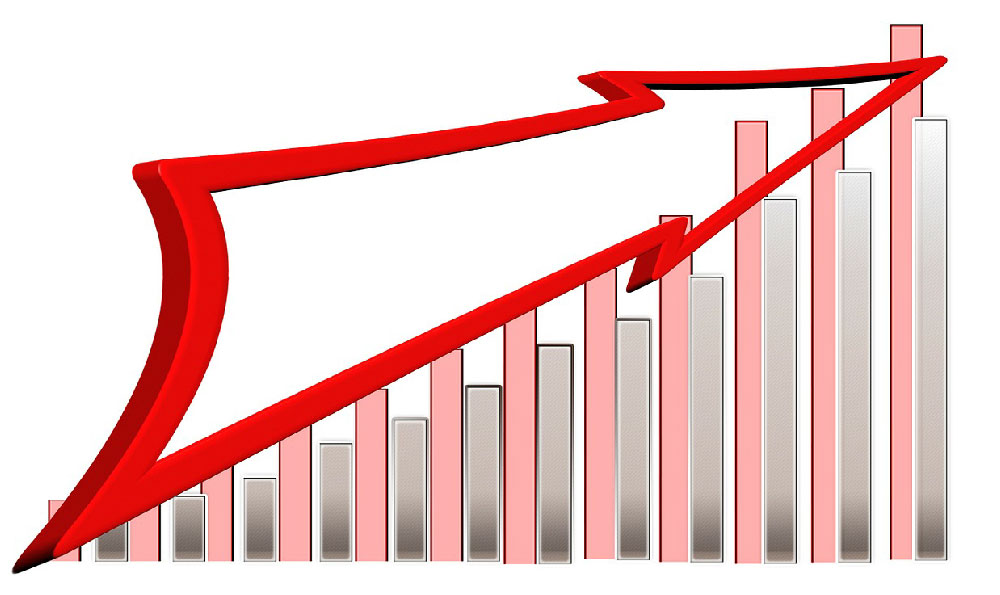Gas Station Earnings: How Much Do They Make Daily?
The amount of money a gas station makes in a day is a complex question that depends on a variety of factors, ranging from the location and size of the station to the fluctuating prices of fuel, the level of competition in the surrounding area, and the broader economic conditions. While it's impossible to provide one-size-fits-all figures, understanding the mechanics behind these earnings can offer valuable insights for anyone considering investing in or operating a fuel retail business. In fact, the profitability of a gas station is often likened to the performance of a small business in a highly competitive market, where margins are thin but opportunities for growth are present if managed effectively.
Location plays a critical role in determining daily revenue. A gas station situated near a major highway or in a high-traffic commercial zone can expect a steady flow of customers, whereas one in a remote or underserved area may struggle with low foot traffic. Cities tend to have higher fuel demand due to the concentration of vehicles and frequent travel patterns, but this also means higher operational costs such as rent, utilities, and labor. In contrast, rural areas may offer lower costs but also fewer customers, which can result in a trade-off that needs careful analysis. Additionally, suburban locations often benefit from a mix of residential and commercial users, creating a balanced revenue stream. However, changing demographics and urban sprawl can impact these numbers over time, making adaptability essential.

Fuel prices are another key determinant, as they directly influence the volume of sales and the gross margin. When crude oil prices rise, the cost of gasoline increases, which can lead to higher revenue per gallon but also the potential for reduced customer volume due to price sensitivity. Conversely, when oil prices fall, the revenue per gallon may decrease, but the station could attract more customers seeking cheaper fuel. This dynamic creates a challenging environment where operators must constantly monitor market trends and adjust their pricing strategies accordingly. In some cases, stations may also implement loyalty programs or offer discounts during off-peak hours to stabilize cash flow.
The level of competition in the local market is equally significant. In areas with multiple gas stations within close proximity, each business must differentiate itself through competitive pricing, convenience, or additional services. For example, stations that offer 24/7 fueling, car washes, convenience stores, or even electric vehicle charging stations may attract a diverse customer base. These ancillary services can generate additional revenue streams, helping to offset the volatility of fuel sales. However, the success of such services often hinges on the station's ability to manage overhead costs and provide a seamless customer experience.
Another aspect that affects earnings is the scale of the business. Larger stations with multiple pumps and extensive parking lots may benefit from economies of scale, allowing them to reduce per-unit costs and increase profitability. In contrast, smaller stations may have higher fixed costs relative to their sales volume, which can strain margins. The size of the station also impacts the ability to invest in technology and infrastructure, such as digital payment systems, inventory management software, or renewable energy initiatives, all of which can influence operational efficiency and customer satisfaction.
Moreover, the overall economic climate and consumer behavior play a role in shaping a gas station's daily earnings. During periods of economic downturn, people may drive less, reducing the demand for fuel. However, in times of economic growth, increased car ownership and travel can elevate sales volumes. Additionally, shifts in consumer preferences, such as the growing popularity of electric vehicles, may impact the long-term viability of traditional gas stations. Operators who diversify their offerings and stay ahead of industry trends are likely to maintain a competitive edge.
In practice, the average daily earnings of a gas station can vary widely. A small station in a rural area might generate only a few thousand dollars per day, while a large, well-located station in a bustling city could earn tens of thousands. The difference often lies in factors like the number of customers, the price of fuel, and the station's ability to integrate additional services. For example, a convenience store attached to a gas station can account for a significant portion of the total revenue, especially if it sells food, beverages, and other merchandise at a higher margin. These services not only provide income but also create opportunities for cross-selling and customer retention.
For those contemplating entering the gas station industry, it's crucial to conduct thorough market research and financial planning. Understanding the local demand, analyzing competitor pricing, and assessing the costs of acquiring or leasing a site are all necessary steps. Additionally, developing a strategic plan for diversification and technology integration can help mitigate risks and maximize profitability. While the path to consistent earnings may be challenging, the right combination of location, pricing, and service offerings can lead to a successful and sustainable business model.












